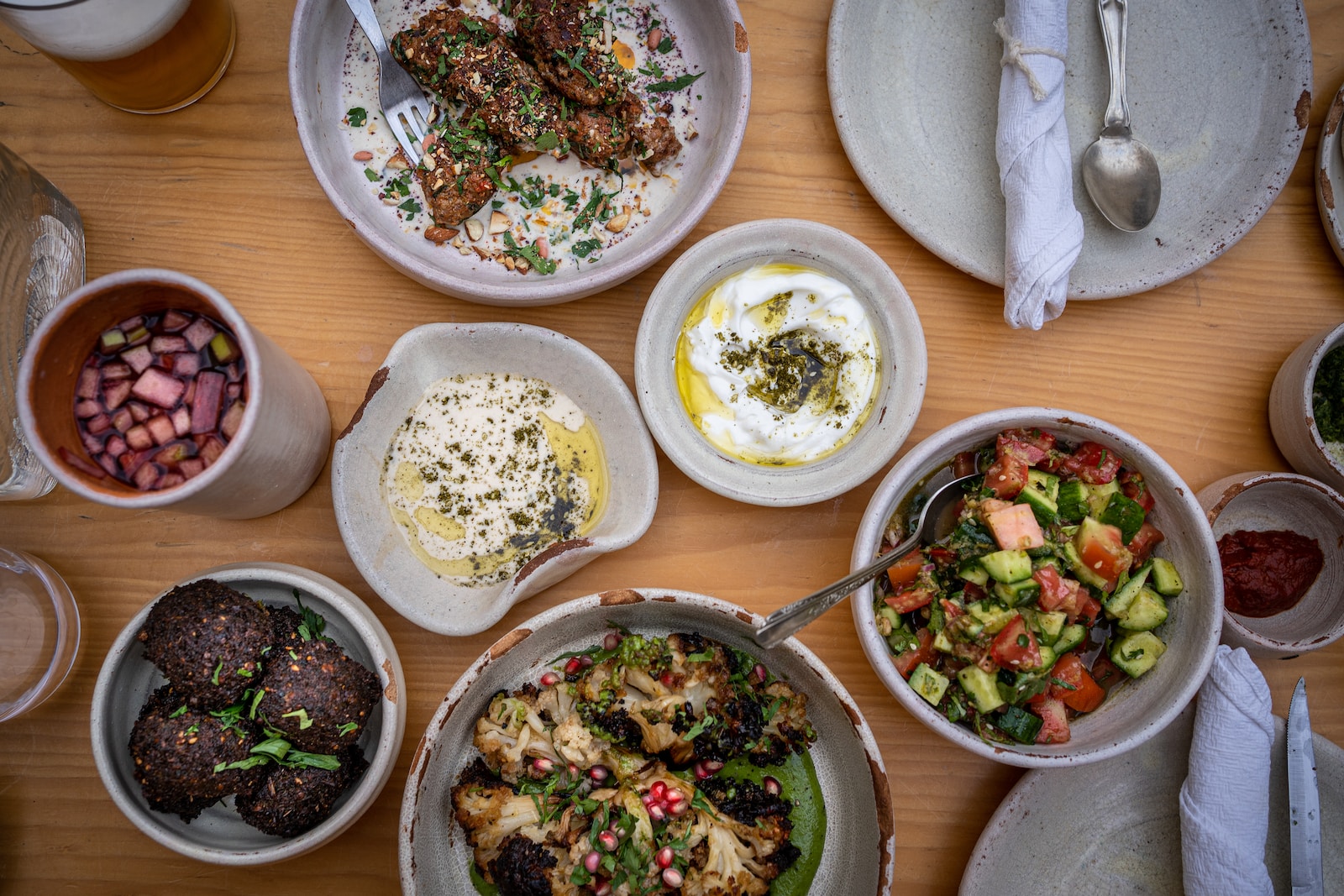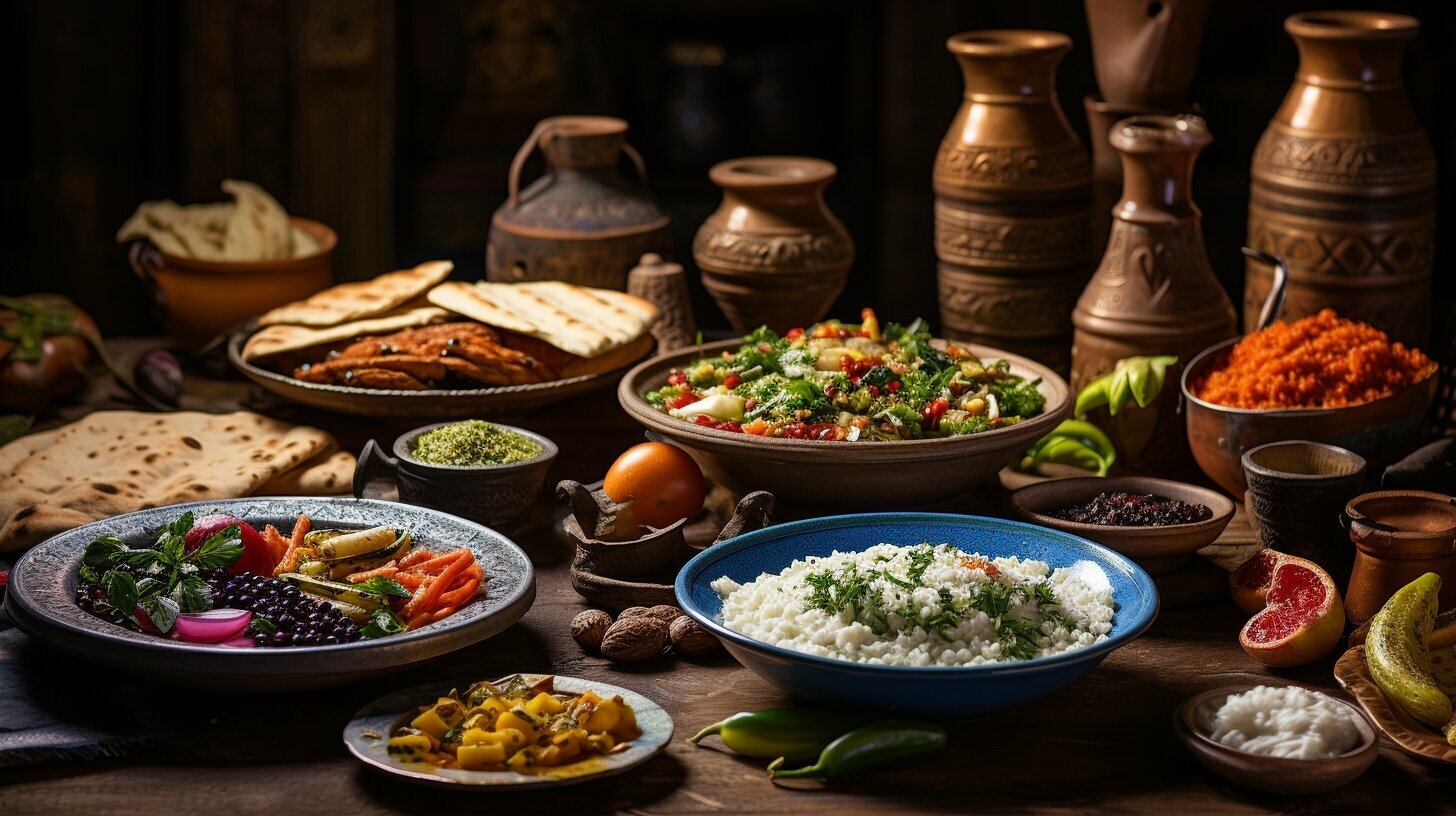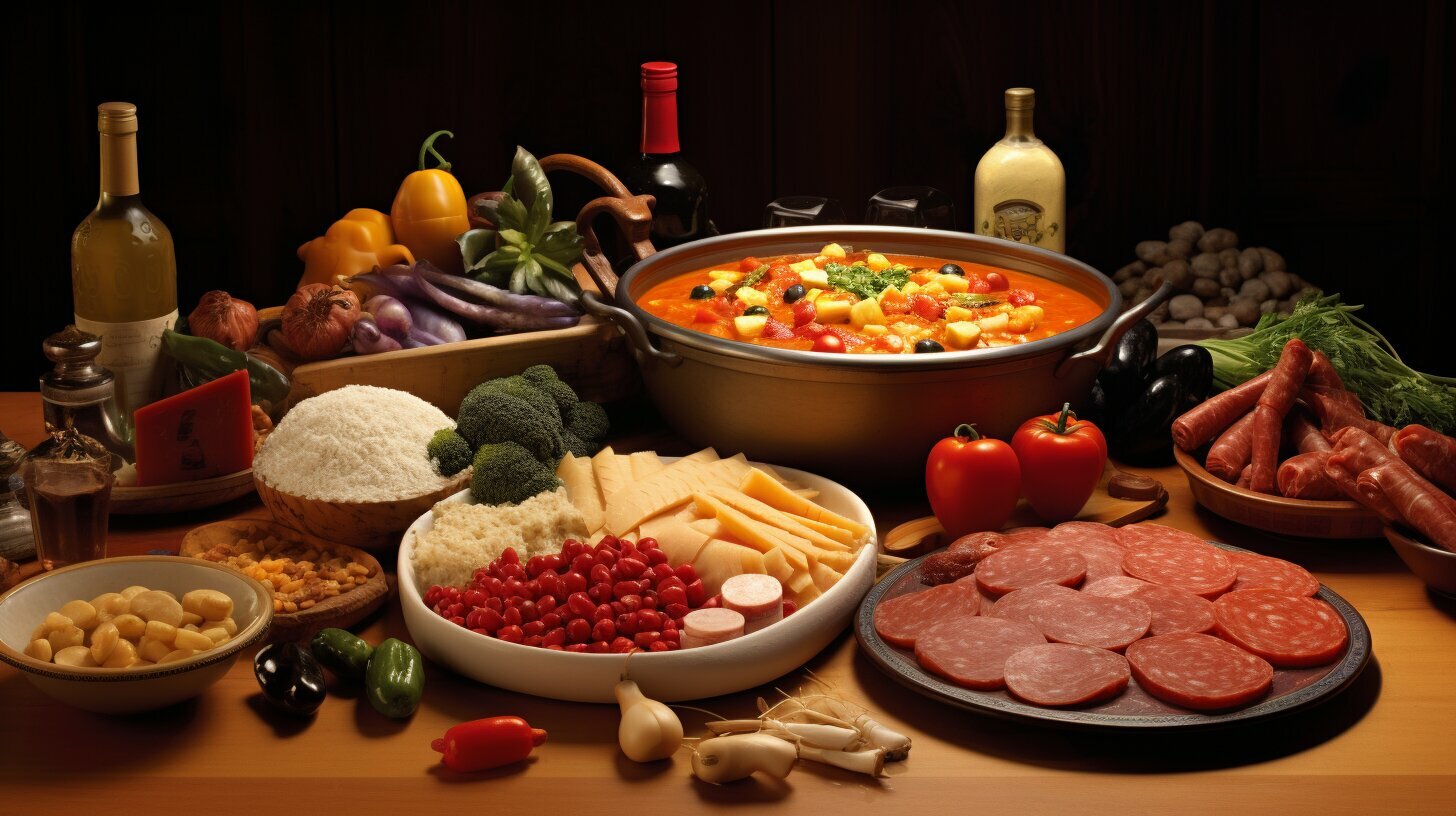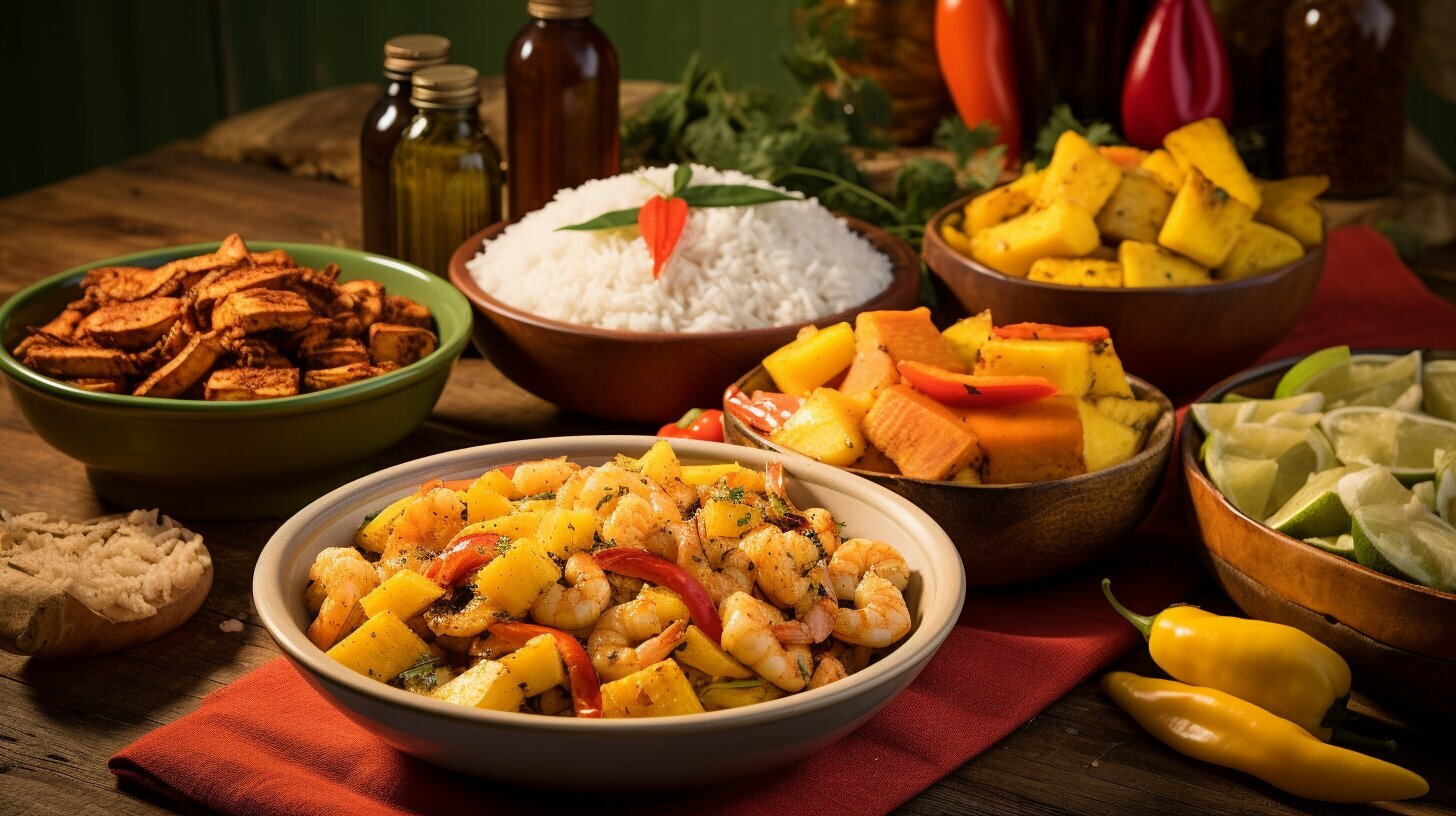When it comes to Mexican and Tex-Mex cuisine, many people use the terms interchangeably, assuming they are the same. However, this couldn’t be further from the truth. Mexican and Tex-Mex cuisine are distinct culinary styles with unique characteristics and flavors. In this article, we will explore the difference between Mexican and Tex-Mex cuisine, highlighting their unique attributes and flavors.
Mexican cuisine is a celebration of authentic flavors that have been passed down through generations. It boasts a rich history and cultural significance that is reflected in its traditional dishes. On the other hand, Tex-Mex cuisine is a fusion of Mexican and American influences and represents a blend of cultures. The dishes in Tex-Mex cuisine use ingredients that are commonly found in American cooking, such as ground beef and cheddar cheese.
Through this article, you will understand the key differences between Mexican and Tex-Mex cuisine, and appreciate the unique attributes of each culinary tradition.
Key Takeaways
- Mexican and Tex-Mex cuisine are distinct culinary styles with unique characteristics and flavors
- Mexican cuisine is a celebration of authentic flavors with a rich history and cultural significance
- Tex-Mex cuisine is a fusion of Mexican and American influences and represents a blend of cultures
Mexican Cuisine: A Celebration of Authentic Flavors
Mexican cuisine is a vibrant reflection of the country’s rich history and cultural diversity. It is a fusion of indigenous Mesoamerican cooking techniques and Spanish colonial influences that have evolved over time. The traditional dishes that define Mexican cuisine are characterized by bold and complex flavors, with a heavy emphasis on fresh ingredients and exotic spices.
The cuisine is known for its diverse range of dishes, including tacos, enchiladas, chiles rellenos, tamales, and mole, each with its own unique flavor profile and ingredients. Some traditional Mexican ingredients include corn, beans, tomatoes, chilies, avocado, and cilantro, which lend a distinct flavor and texture to the dishes.
The contrast between Mexican and Tex-Mex ingredients can be seen in the use of cheese, sour cream, and ground beef in Tex-Mex dishes, which are not typically found in authentic Mexican cuisine. Additionally, Tex-Mex cuisine uses more cumin, chili powder, and garlic, whereas Mexican cuisine leans towards the use of oregano, cacao, and cinnamon. Overall, the flavors of Mexican cuisine are more nuanced and complex, with a focus on fresh ingredients and a balance of spices.
Tex-Mex Cuisine: A Fusion of Cultures
Tex-Mex cuisine is a unique blend of Mexican and American culinary traditions. Its origins can be traced back to the late 1800s, when Mexican immigrants began settling in Texas. Over time, they incorporated American ingredients and cooking techniques into their traditional recipes, creating a distinct style of cooking that we now know as Tex-Mex.
While Mexican cuisine is known for its diverse range of regional dishes, Tex-Mex cuisine is characterized by a smaller selection of hearty, comfort-food-style dishes. Some of the most iconic Tex-Mex dishes include chili con carne, fajitas, and nachos.
| Mexican Cuisine Traditional Dishes | Tex-Mex Cuisine Traditional Dishes |
|---|---|
| Mole | Chili con Carne |
| Tacos al Pastor | Fajitas |
| Tamales | Nachos |
One of the key differences between Mexican and Tex-Mex cuisine is the ingredients used in cooking. While Mexican cuisine relies heavily on spices, chilies, and fresh herbs, Tex-Mex cuisine incorporates more cheese, beef, and beans. Tex-Mex dishes also tend to be spicier than their Mexican counterparts.
| Mexican vs Tex-Mex Ingredients |
|---|
| Spices, chilies, fresh herbs |
| Cheese, beef, beans |
Despite these differences, both Mexican and Tex-Mex cuisine share a common foundation of bold, flavorful ingredients. Whether you prefer the complex, multi-layered flavors of Mexican mole or the simple, hearty goodness of Tex-Mex chili, there’s no denying the appeal of these two beloved culinary traditions.
The Ingredients That Set Them Apart
While Mexican and Tex-Mex cuisines share some common ingredients, there are distinct differences that set them apart. Mexican cuisine relies heavily on a wide range of chilies, including ancho, guajillo, and pasilla, which are used to give dishes a spicy kick and depth of flavor. In contrast, Tex-Mex cuisine often features milder chilies such as jalapeños and serranos.
Meats are also used differently in Mexican and Tex-Mex dishes. Beef is a staple in Tex-Mex cuisine, while pork and chicken are more commonly used in Mexican dishes. Additionally, the preparation of meats differs between the two cuisines. Mexican cuisine often incorporates grilled or slow-cooked meats, such as carnitas, while Tex-Mex cuisine frequently uses ground meat, particularly in dishes like tacos and chili.
Beans are another ingredient where Mexican and Tex-Mex cuisine differ. Mexican cuisine often uses whole beans, such as black or pinto beans, as a side dish or ingredient in a main course. In contrast, refried beans are a staple in Tex-Mex cuisine and are frequently used as a filling for burritos and enchiladas.
Finally, the use of cheese is another distinguishing factor between these two culinary styles. While cheese is used in both Mexican and Tex-Mex cuisine, the way it is used differs. In Mexican cuisine, cheese is often crumbled on top of dishes, while in Tex-Mex cuisine, cheese is more commonly used as a filling or topping for dishes such as nachos and quesadillas.
Overall, the distinct use of spices, meats, beans, and cheese are what sets Mexican and Tex-Mex cuisines apart. By understanding these differences, food lovers can appreciate the unique and delicious flavors of each culinary tradition.
Flavors and Techniques: The Secret Behind the Distinction
Mexican and Tex-Mex cuisine differ not only in ingredients but also in flavors and cooking techniques. The key to understanding and appreciating the distinct tastes of these two culinary styles lies in exploring their unique seasoning and preparation methods.
Mexican flavors: Mexican cuisine is known for its bold and complex flavors that result from the use of a wide range of spices, herbs, and chilies. Mexican dishes typically feature a combination of sweet, spicy, and tangy flavors. The use of fresh ingredients, such as lime, cilantro, and avocado, also adds a fresh and bright note to the dishes.
Tex-Mex flavors: Tex-Mex cuisine, on the other hand, is characterized by a milder flavor profile that appeals to a broader audience. Tex-Mex dishes often include creamy and cheesy ingredients, such as sour cream and melted cheese, which create a rich and decadent taste. The use of cumin and chili powder is also prevalent in Tex-Mex dishes, adding a smoky and earthy flavor to the food.
When it comes to cooking techniques, Mexican cuisine emphasizes slow cooking methods, such as braising, roasting, and simmering, to enhance the flavors of the food. Tex-Mex cooking, on the other hand, involves grilling and sautéing to create a crispy and crunchy texture.
Mexican techniques: Mexican cuisine heavily relies on the use of spices and herbs to create a distinctive flavor profile. The use of fresh and dried chilies, such as ancho, guajillo, and pasilla, is also an essential part of Mexican cooking. Mexican dishes are often served with a side of rice and beans, which provides a hearty and filling accompaniment to the main course.
Tex-Mex techniques: In Tex-Mex cuisine, the focus is on the combination of flavors rather than the use of complex seasoning. The use of cheese, tomatoes, and beef is prevalent in Tex-Mex dishes. Tex-Mex cooking also features the use of pre-mixed seasoning blends, such as taco seasoning, which simplifies the cooking process and adds consistency to the flavors.
Overall, understanding the differences in flavors and techniques is crucial for distinguishing between Mexican and Tex-Mex cuisine. While each style has its unique characteristics, they both offer a delicious and flavorful culinary experience.
Conclusion
Throughout this article, we have explored the key differences between Mexican and Tex-Mex cuisine, highlighting the unique characteristics, flavors, and cultural significance of each culinary tradition.
While Mexican cuisine is known for its celebration of authentic flavors and traditional dishes, Tex-Mex cuisine is a fusion of Mexican and American influences, resulting in a distinct flavor profile.
By examining the ingredients, flavors, and techniques of these two culinary styles, readers can gain a deeper understanding of the contrast between them and appreciate the cultural significance behind each dish.
Whether you prefer the bold spices and vibrant colors of Mexican cuisine or the comfort and fusion of Tex-Mex, it’s clear that both culinary traditions are beloved throughout the world for their delicious and unique flavors.
FAQ
Q: What are the key differences between Mexican and Tex-Mex cuisine?
A: Mexican cuisine is known for its authentic flavors, traditional dishes, and use of indigenous ingredients. Tex-Mex cuisine, on the other hand, is a fusion of Mexican and American influences, incorporating ingredients and flavors from both cultures.
Q: What are some examples of traditional Mexican dishes?
A: Traditional Mexican dishes include tacos, tamales, enchiladas, mole, and pozole.
Q: What are some examples of traditional Tex-Mex dishes?
A: Traditional Tex-Mex dishes include chili con carne, nachos, fajitas, and Texas-style chili.
Q: What are the key ingredients used in Mexican cuisine?
A: Key ingredients in Mexican cuisine include corn, beans, tomatoes, chilies, avocado, cilantro, and various spices such as cumin and oregano.
Q: What are the key ingredients used in Tex-Mex cuisine?
A: Tex-Mex cuisine commonly uses ingredients such as beef, cheese, chili peppers, tomatoes, onions, and garlic.
Q: How do the flavors of Mexican and Tex-Mex cuisine differ?
A: Mexican cuisine tends to have bolder and complex flavors with the use of various spices and chilies. Tex-Mex cuisine, on the other hand, often features milder flavors and a heavier emphasis on cheese and meat.
 Skip to main content
Skip to main content


